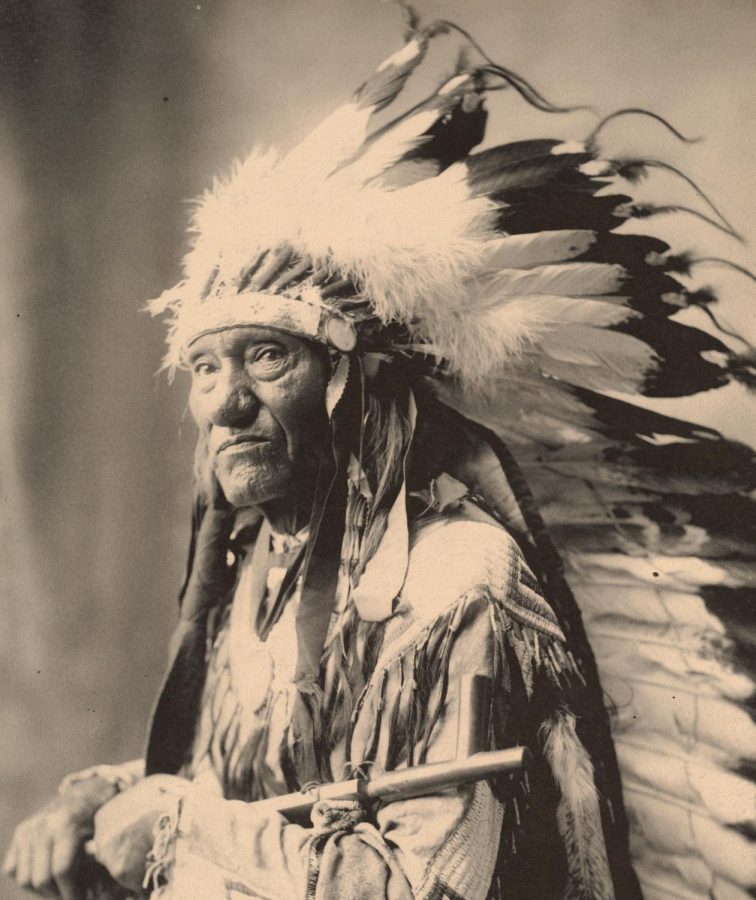Native Americans have an alternate perspective
National Mourning Day – November 26
Photo by Boston Public Library on Unsplash
Some Native Americans honor their people with a day of sorrow and recognition.
National Mourning Day, the fourth Thursday of November, which is also Thanksgiving, will be on November 26.
The timing is no accident. This day of remembrance is dedicated to Native Americans and their ancestors who have been lost over the years. It focuses on the Native People’s struggle to survive in the past and current times. This year’s observance will most likely draw attention to the disproportionate effect of COVID 19 on the Native American people.
National Mourning Day has been observed since 1970. Wamsutta Frank James, an Aquinnah Wampanoag elder and Native American activist, was the founder. He passed away on February 20, 2001, at the age of 77 years old.
Traditionally, the Native Americans have hosted protest marches around Plymouth’s historic district, followed by speeches given by Native American speakers, bringing attention to the struggles of the culture.
It is easy to become more connected with National Mourning Day through education. Movies are a good source of knowledge, such as Our Spirits Don’t Speak English Anymore, a 2008 documentary film about the boarding schools that some American Indians were force to attend. Another informative documentary is Trail of Tears (https://youtu.be/Sdlx2bT7c6I). You could also learn more from the United American Indians of New England (UAINE) and its mission for the Native Americans.
Some interesting facts about Native Americans: they can also be referred to as “Indigenous people”, “American Indian” or “First Nations.” Native Americans were not considered American citizens, although about 8,000 served during World War I.

Jayla Wixom is a staff writer for The Armijo Signal. She writes stories about things she thinks are important in our society and things she thinks that...










